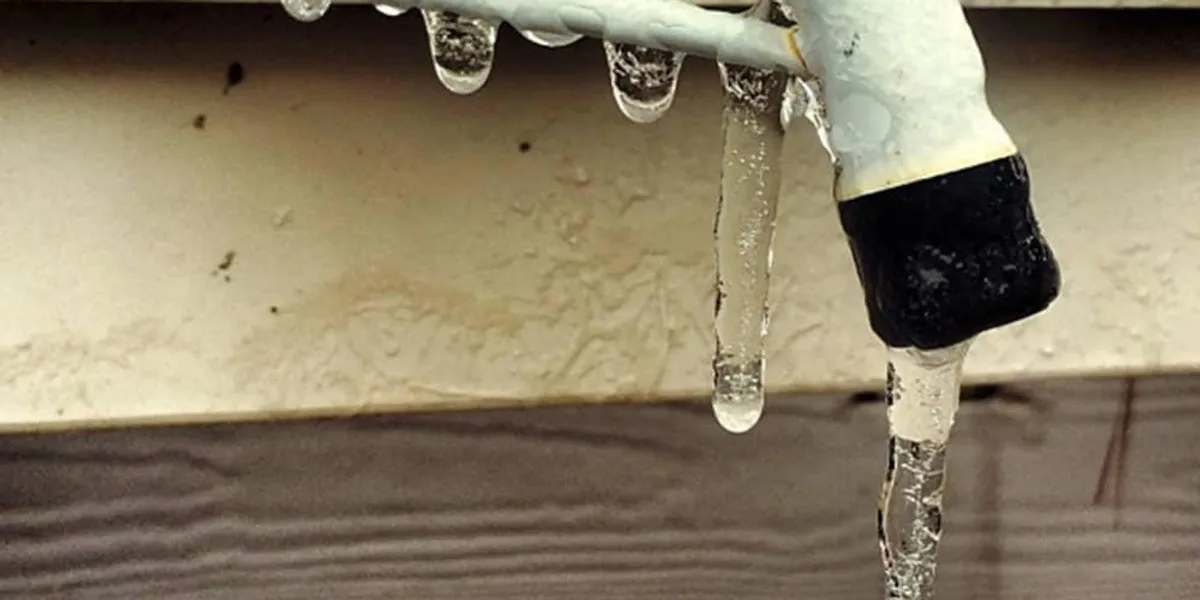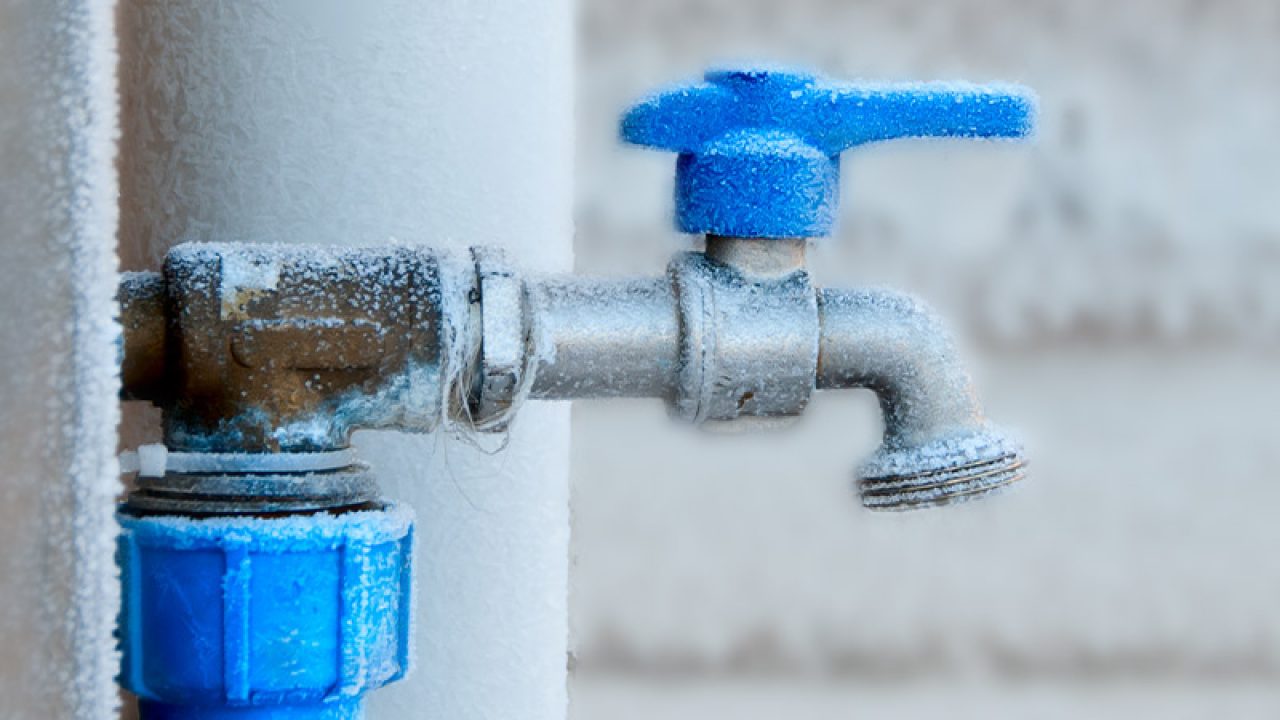Avoiding Pipes from Cold Weather: Effective Methods
Avoiding Pipes from Cold Weather: Effective Methods
Blog Article
What're your ideas concerning How to prepare your home plumbing for winter weather?

Cold weather can ruin your plumbing, specifically by freezing pipelines. Right here's exactly how to stop it from occurring and what to do if it does.
Introduction
As temperature levels decrease, the danger of frozen pipes rises, potentially resulting in costly repairs and water damages. Understanding how to avoid frozen pipes is vital for homeowners in chilly climates.
Understanding Frozen Pipes
What triggers pipelines to freeze?
Pipelines ice up when exposed to temperatures below 32 ° F (0 ° C) for prolonged durations. As water inside the pipelines freezes, it broadens, taxing the pipe walls and possibly triggering them to rupture.
Dangers and problems
Frozen pipelines can lead to water system interruptions, home damages, and pricey repair services. Burst pipelines can flooding homes and create extensive architectural damage.
Signs of Frozen Piping
Recognizing frozen pipes early can stop them from bursting.
Just how to determine frozen pipes
Seek reduced water circulation from faucets, uncommon smells or noises from pipes, and noticeable frost on exposed pipes.
Avoidance Tips
Protecting vulnerable pipes
Wrap pipelines in insulation sleeves or utilize warm tape to secure them from freezing temperatures. Focus on pipelines in unheated or external locations of the home.
Home heating techniques
Maintain interior areas adequately heated, especially locations with pipes. Open up cabinet doors to enable cozy air to flow around pipelines under sinks.
Securing Exterior Pipes
Yard hose pipes and exterior taps
Detach and drain garden hoses before winter. Set up frost-proof faucets or cover exterior taps with protected caps.
What to Do If Your Pipelines Freeze
Immediate activities to take
If you presume frozen pipes, keep taps available to soothe pressure as the ice thaws. Utilize a hairdryer or towels soaked in hot water to thaw pipelines gradually.
Long-Term Solutions
Architectural changes
Consider rerouting pipelines away from exterior walls or unheated locations. Include extra insulation to attics, cellars, and crawl spaces.
Updating insulation
Invest in top notch insulation for pipelines, attic rooms, and wall surfaces. Correct insulation helps preserve constant temperatures and reduces the risk of frozen pipes.
Verdict
Avoiding frozen pipes calls for positive actions and quick reactions. By recognizing the causes, indicators, and preventive measures, homeowners can safeguard their pipes during cold weather.
5 Ways to Prevent Frozen Pipes
Drain Outdoor Faucets and Disconnect Hoses
First, close the shut-off valve that controls the flow of water in the pipe to your outdoor faucet. Then, head outside to disconnect and drain your hose and open the outdoor faucet to allow the water to completely drain out of the line. Turn off the faucet when done. Finally, head back to the shut-off valve and drain the remaining water inside the pipe into a bucket or container. Additionally, if you have a home irrigation system, you should consider hiring an expert to clear the system of water each year.
Insulate Pipes
One of the best and most cost-effective methods for preventing frozen water pipes is to wrap your pipes with insulation. This is especially important for areas in your home that aren’t exposed to heat, such as an attic. We suggest using foam sleeves, which can typically be found at your local hardware store.
Keep Heat Running at 65
Your pipes are located inside your walls, and the temperature there is much colder than the rest of the house. To prevent your pipes from freezing, The Insurance Information Institute suggests that you keep your home heated to at least 65 degrees, even when traveling. You may want to invest in smart devices that can keep an eye on the temperature in your home while you’re away.
Leave Water Dripping
Moving water — even a small trickle — can prevent ice from forming inside your pipes. When freezing temps are imminent, start a drip of water from all faucets that serve exposed pipes. Leaving a few faucets running will also help relieve pressure inside the pipes and help prevent a rupture if the water inside freezes.
Open Cupboard Doors
Warm your kitchen and bathroom pipes by opening cupboards and vanities. You should also leave your interior doors ajar to help warm air circulate evenly throughout your home.

As a fervent reader about Prevent Frozen Pipes , I thought sharing that section was really helpful. I beg you take the opportunity to share this content if you enjoyed reading it. Thank-you for your time spent reading it.
Request Estimate Report this page